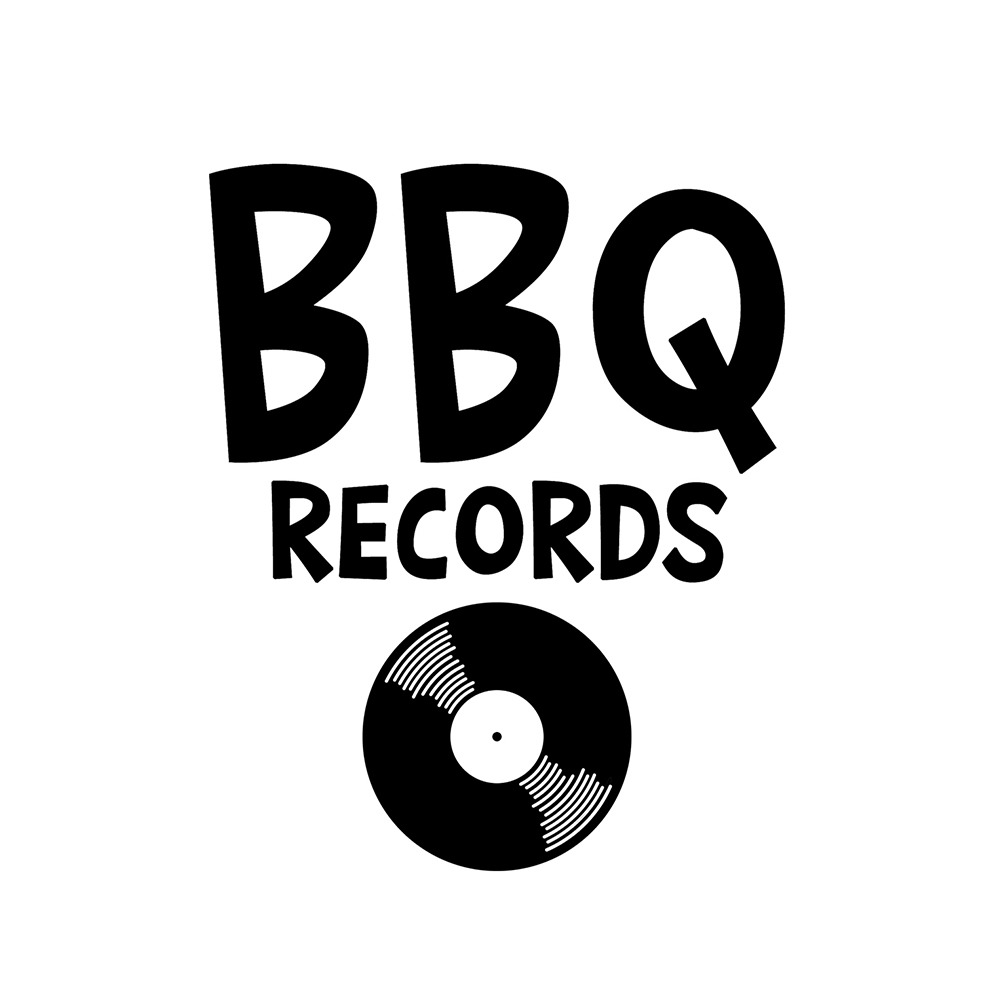AUSTRALIA'S #1 IN ELECTRONIC MUSIC
Music Label | Radio Station | Music Magazine
Est.2013 - Official Partners: click here

The History of Tech House
Unveiling the Groovy Beats: A Journey Through the History of Tech House Music
In the vibrant realm of electronic music, where genres evolve and blend like colors on a canvas, Tech House stands as a testament to innovation and groove. Born from the fusion of techno's driving rhythms and the soulful essence of house music, it’s also been influenced by Chicago house, Detroit techno, dub, minimal techno, electro house, and America’s West Coast house music scene. This genre has carved its own path in the dance music landscape. Let's embark on a sonic expedition to unravel the captivating history of Tech House, from its humble beginnings to its pulsating present.
Genesis in the UK Club Scene
Tech house emerged in the early 1990s as a rebellious response to the commercialization of mainstream house music and the frenetic energy of rave culture. Pioneered by visionaries like Eddie Richards, the genre found its roots in the underground parties of London, where DJs crafted a raw and uncompromising sound that defied convention. Events like the Clink Street parties and Wiggle gatherings served as incubators for the nascent genre, fostering a creative environment where experimentation reigned supreme.
During this period, DJs and producers experimented with new technologies, embracing early digital samplers, drum machines, and sequencers to create innovative sounds. The emergence of affordable home studio equipment democratized music production, allowing aspiring artists to explore their creativity without the constraints of traditional recording studios.
The DIY ethos of the underground scene played a crucial role in shaping the sound of tech house, with artists often self-releasing tracks on vinyl or distributing mixtapes at parties. This grassroots approach fostered a sense of community and camaraderie among DJs, producers, and partygoers, fueling the genre's growth and evolution.
UK Expansion and International Influence
By the late '90s, tech house had transcended its underground origins, garnering recognition on a global scale. Terry Francis's residency at Fabric Nightclub solidified the genre's presence in the UK club scene, while labels like Grayhound and Pacific Records propelled its expansion into new territories. Across the pond, American producers infused their unique sensibilities into the genre, resulting in a fusion of West Coast house vibes with the UK's tech house aesthetic.
During this period, the internet emerged as a powerful tool for connecting artists and fans, facilitating the exchange of music and ideas across geographical boundaries. Online forums and mailing lists provided platforms for discussion and collaboration, further fueling the genre's growth and diversification.
The Dawn of a New Millennium
As the new millennium dawned, tech house entered a new phase of evolution, marked by the emergence of minimal techno and electro house influences. Labels like Get Physical Music and Dirtybird Records spearheaded this transformation, ushering in a sleeker, more polished sound characterized by stripped-back beats and hypnotic grooves. The genre's global influence continued to grow, with artists from across the globe contributing to its rich tapestry of sounds.
Advancements in digital technology revolutionized the way music was produced, with software synthesizers, virtual instruments, and digital audio workstations (DAWs) enabling artists to create intricate soundscapes with unprecedented ease. This democratization of music production empowered a new generation of producers to push the boundaries of the genre, experimenting with unconventional rhythms, textures, and melodies.
The Rise of Festival-Sized Tech House
By the 2010s, Tech House had firmly established itself as a dominant force in the global club scene, with events like Elrow and labels like Hot Creations pushing the genre to new heights. The rise of festival-sized tech house brought the genre to even larger audiences, with producers like Fisher and CamelPhat achieving mainstream success while staying true to its roots. The genre's continued evolution and adaptability ensured its relevance in an ever-changing musical landscape.
Social media platforms like SoundCloud, YouTube, and Instagram became essential tools for artists to promote their music and connect with fans, bypassing traditional gatekeepers and reaching audiences directly. This direct-to-fan approach enabled artists to build loyal followings and cultivate vibrant online communities around their music, further fueling the genre's growth and global appeal.
The Present and Beyond (Continued Evolution)
Today, tech house continues to thrive, buoyed by a new generation of producers who are pushing the genre forward with fresh perspectives and innovative sounds. Despite its longevity, tech house shows no signs of slowing down, remaining a vital and dynamic force in electronic music. As it continues to captivate audiences around the world, tech house stands as a testament to the enduring power of groove and rhythm in uniting hearts and minds on the dance floor.
As technology continues to evolve and new trends emerge, the future of tech house remains bright. Whether it's through immersive virtual reality experiences, interactive live streams, or cutting-edge production techniques, one thing is certain: the groove of tech house will continue to inspire and captivate audiences for years to come.
The history of Tech House is a testament to the enduring power of innovation and creativity within the electronic music community. From its humble beginnings in the underground clubs of the 90s to its current status as a global phenomenon, Tech House has proven to be more than just a genre – it's a way of life, a celebration of rhythm, and a journey of self-expression. So let the beat drop, and let the groove take over – because in the world of Tech House, the dancefloor is where the magic happens.
